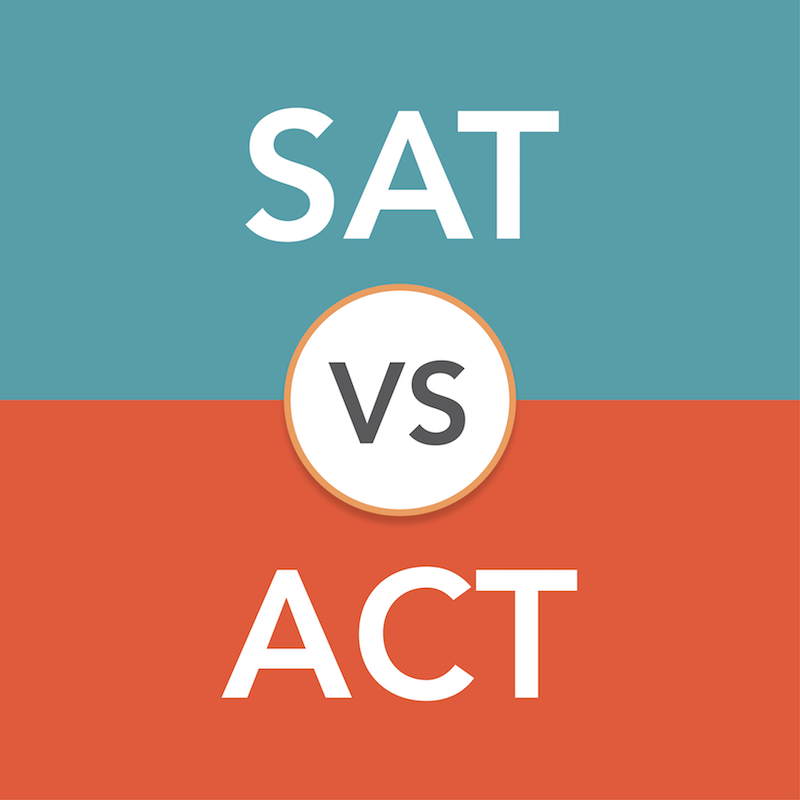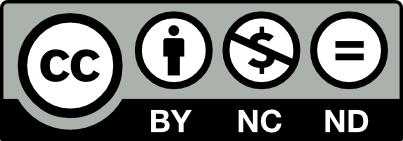Give your student a clear, strategic edge with a test prep plan designed by Adam Allouche, ESM Prep College MatchPoint’s Director of Test Prep. In this customized strategy session, Adam—a world-renowned SAT and ACT expert—will develop a detailed roadmap to align perfectly with your student's needs, ensuring that every prep hour is purposeful and geared toward maximizing their scores. With years of experience mentoring students at top-tier schools worldwide, Adam’s approach emphasizes precision, balancing academic review with targeted strategy to streamline preparation and build confidence. Free up your time while giving your student a plan that’s proven, personalized, and designed for competitive results—schedule a session with Adam today and set him on the path to success!
Understanding the Differences: SAT vs. ACT for Your Child’s Test Prep Journey
As your student prepares for college, one of the key decisions they’ll face is choosing between the SAT and ACT. With the SAT now fully digital and the ACT offering online testing options in 2025, students have more flexibility than ever. Both exams are widely accepted by colleges, but they differ in structure, scoring, and regional popularity. Understanding these differences will help you guide your child toward the test that best suits their strengths and goals. Choosing the right test depends on your child’s strengths—whether they excel in analytical thinking for the SAT or prefer the content-focused approach of the ACT.

Test Structure and Timing
The SAT and ACT differ in both structure and timing. The SAT, which became fully digital and adaptive in the past year, includes two main sections: Reading/Writing and Math, with a total test time of 2 hours and 14 minutes. The ACT, on the other hand, includes four sections—English, Math, Reading, and Science—and takes 2 hours and 55 minutes (or 3 hours and 35 minutes with the optional essay).
Starting February 2025, the ACT will offer an online testing option at select locations, giving students more flexibility. This aligns with the SAT’s digital format, which has been in place for a year. The SAT uses an adaptive structure, meaning the difficulty of questions adjusts based on student performance. The ACT remains fixed, with all students answering the same set of questions.
Scoring Differences
Score Ranges and Section Scores:
- The SAT is scored on a scale of 400-1600, with two section scores: Math (200-800) and Evidence-Based Reading and Writing (200-800).
- The ACT uses a composite score range of 1-36, based on the average of four section scores: English, Math, Reading, and Science, each scored from 1-36.
Composite Score Calculation:
- On the SAT, the total score is the sum of the two section scores.
- On the ACT, the composite score is the average of the four section scores.
Score Conversion:
- Concordance tables allow colleges to compare SAT and ACT scores. For example:
- An SAT score of 1600 equates to an ACT score of 36.
- An SAT score of 1250 equates to an ACT score of 26.
- An SAT score of 910 equates to an ACT score of 16.
Average Scores:
- The average SAT score for 2023 graduates was 1028, while the average ACT score was 19.5.
Scoring Approach:
- The SAT allows only 2-3 incorrect answers for a perfect score, while the ACT is more forgiving, allowing 7-8 incorrect answers for a perfect score. This flexibility may appeal to students who prefer a less stringent scoring system.
Give Your Student the Competitive Edge with a
Custom SAT/ACT Roadmap
Recent Participation Trends
Participation in both the SAT and ACT has increased since the pandemic, but numbers remain lower than pre-pandemic levels:
- In 2024, 1.97 million students took the SAT or PSAT, an increase from the previous year’s 1.91 million. Similarly, about 1.4 million students took the ACT, comparable to the 2023 figures.
- Before the pandemic, around 4 million students took either the SAT or ACT in 2019. By comparison, only 3 million students took one of the exams in 2022, reflecting the ongoing recovery in participation.
Regional Preferences and School Day Testing
The SAT and ACT have clear regional preferences:
- The SAT is more popular on the East and West coasts, while the ACT dominates in the Midwest.
- Some states strongly prefer one test over the other. For example, 95% of students in Wisconsin take the ACT, whereas in some SAT-favoring states, only 10% opt for the ACT.
Both tests are also expanding their school day testing programs, allowing students to take the exams during regular school hours. In 2024, a record 1.35 million students took the SAT on a school day. Similarly, 78% of ACT test-takers benefited from state and district programs that provide free school-day testing.
Impact of Test-Optional Policies
The rise of test-optional policies has also impacted both exams. Many colleges allow students to choose whether or not to submit their test scores, a trend accelerated by the pandemic. While test participation is growing again, a significant number of students still opt not to submit scores, even if they take the exam. This trend has been a major driver of the ongoing decline in test participation compared to pre-pandemic levels.
For students applying to more selective schools, submitting strong SAT or ACT scores can still give them a competitive advantage, particularly when other application elements such as GPA or extracurriculars are less strong. However, students should carefully consider the requirements of the schools to which they are applying before deciding whether to submit scores.



